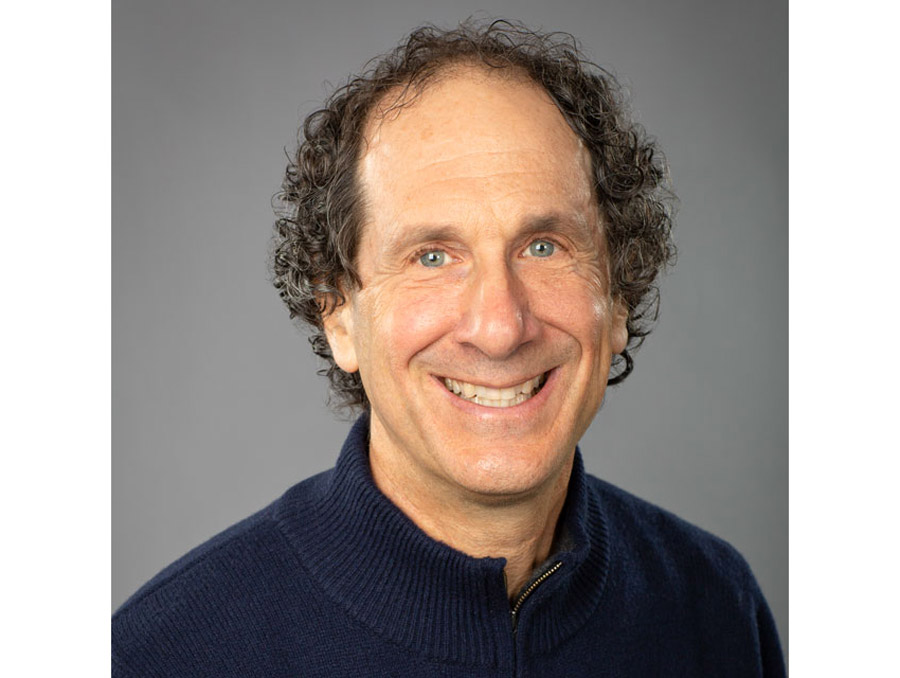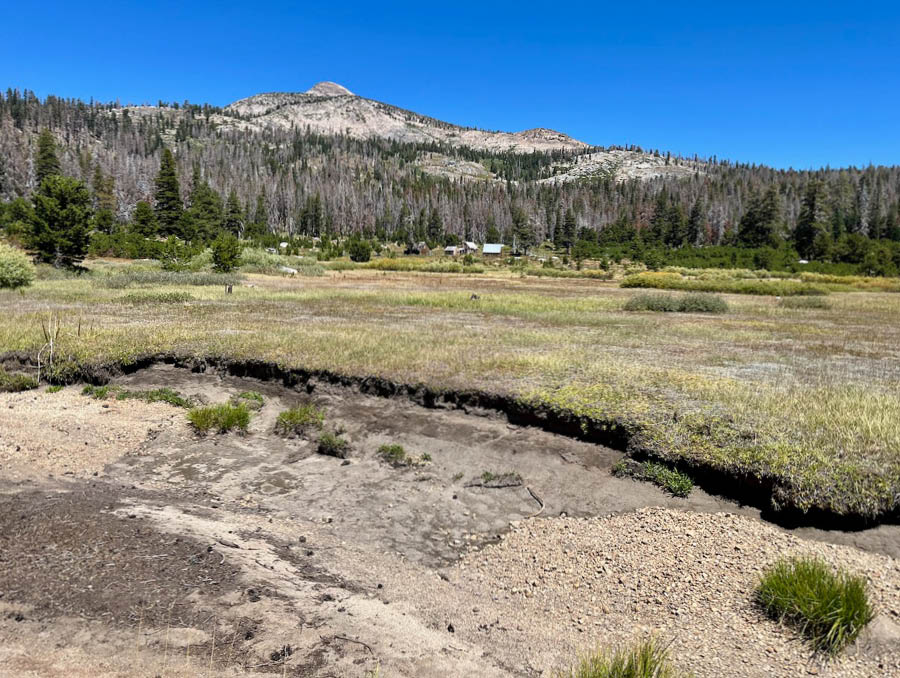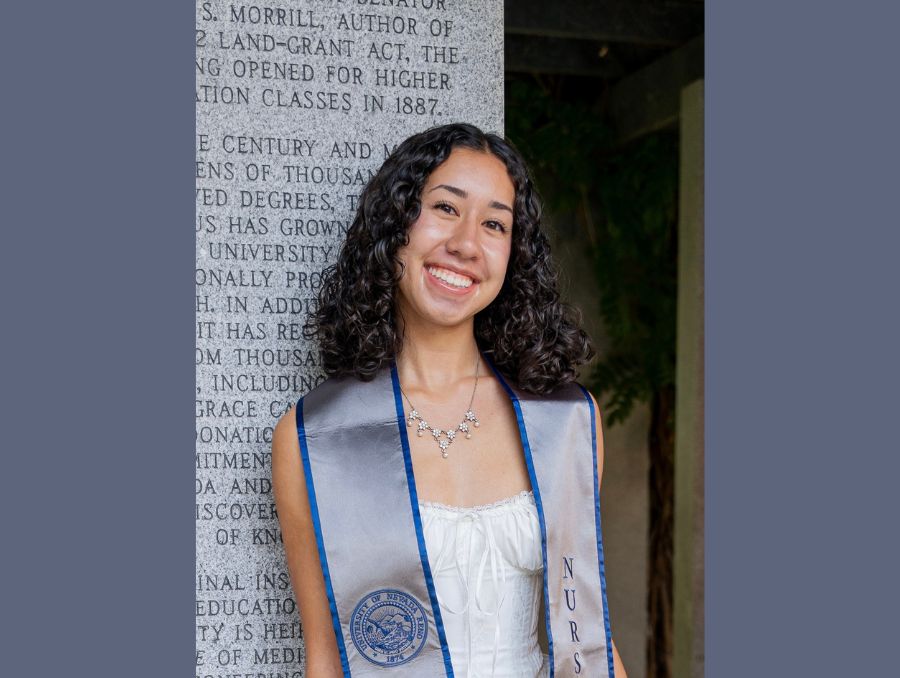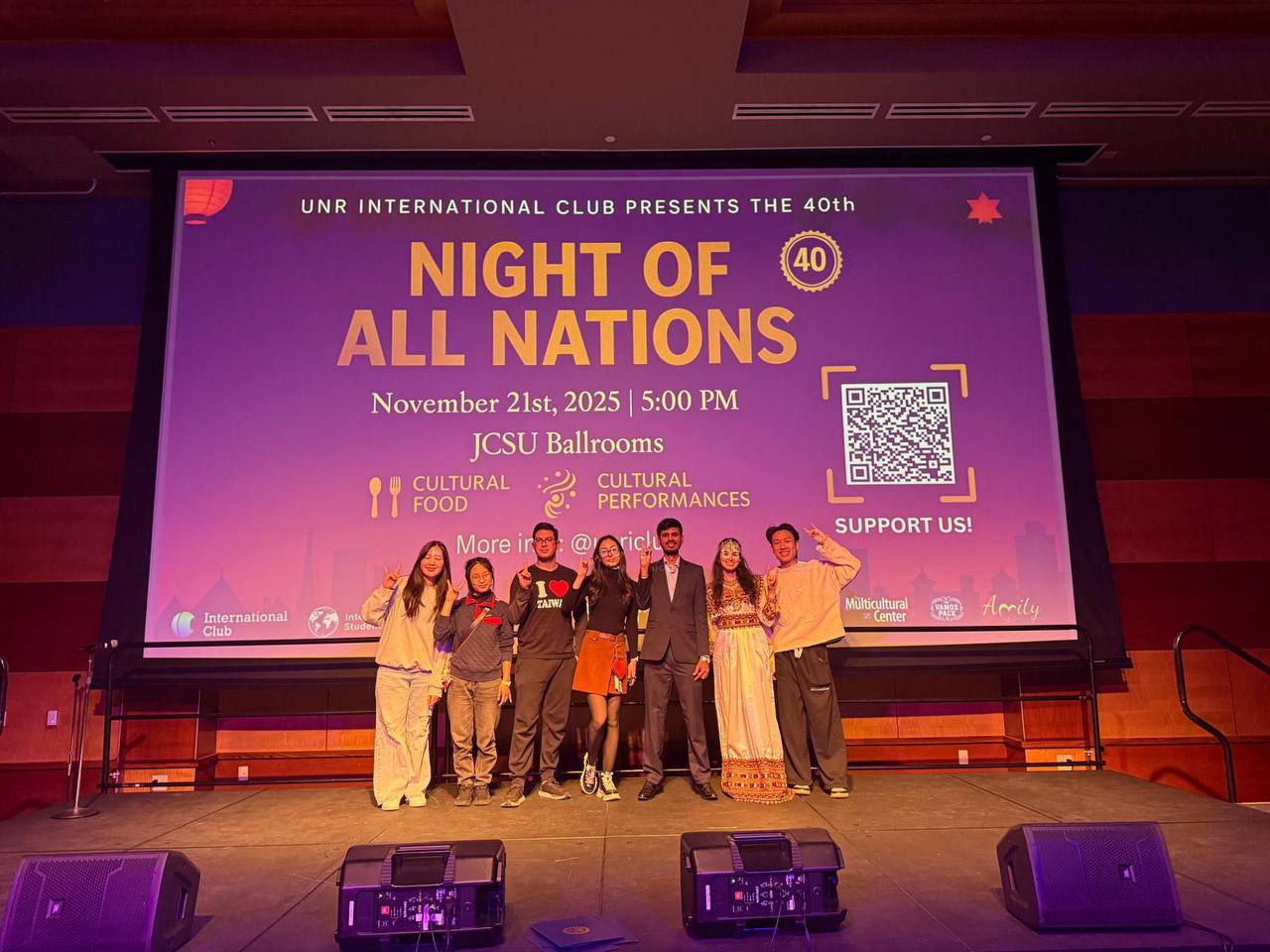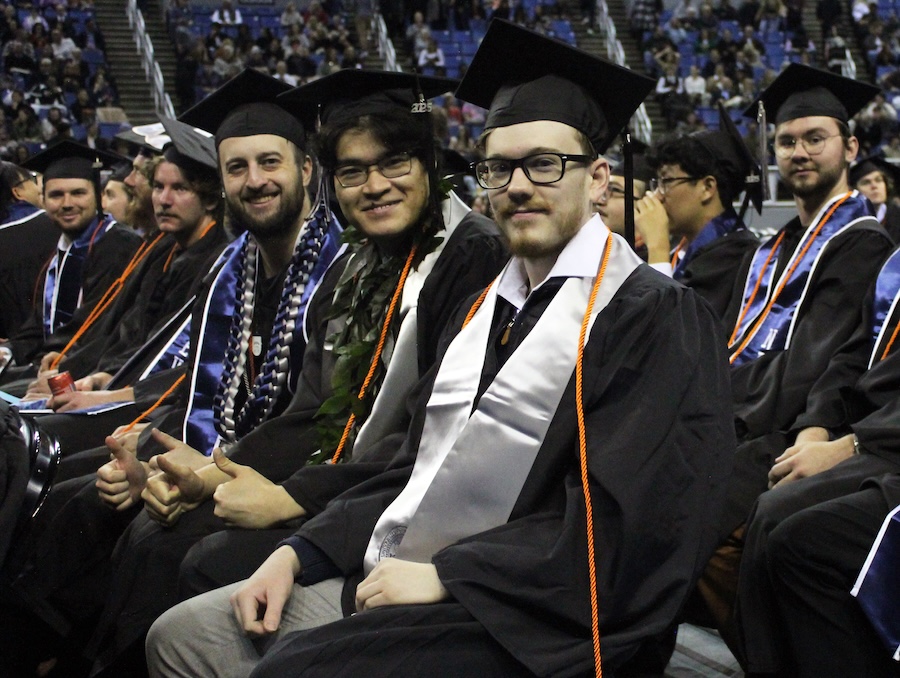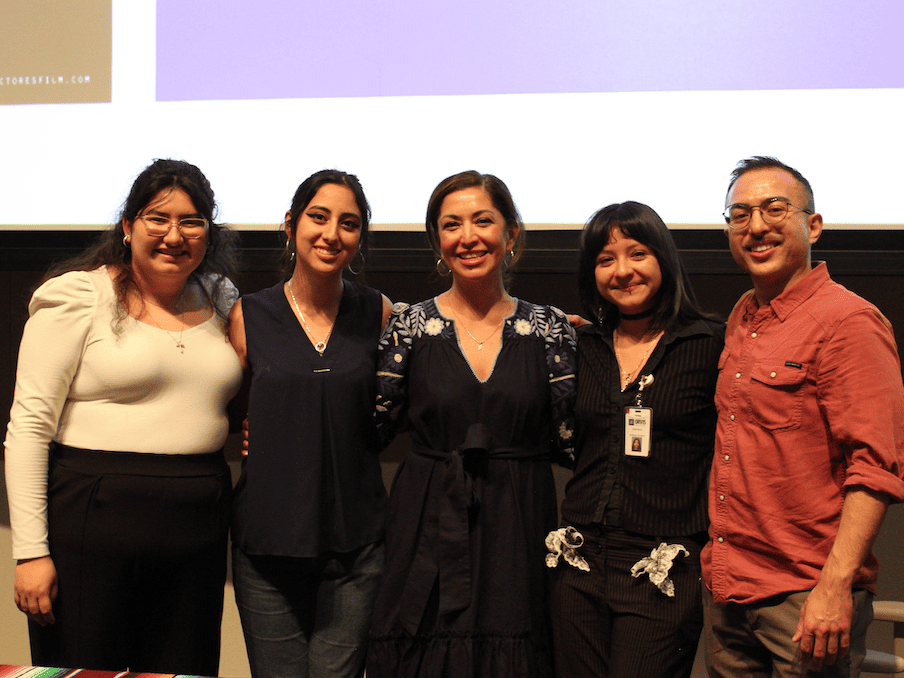David Leitner, Reynold Clayton Fuson Professor in Chemistry and a Regents Research Professor was named Foundation Professor this year. Leitner, who has worked at the University for nearly 25 years, has won numerous College of Science and University awards over the years, and was elected fellow of the American Association for the Advancement of Science in 2017.
Leitner studies how energy flows through molecules, especially in biological systems like protein complexes. Being named Foundation Professor includes a reward of $7,500 per year for three years to be used for professional endeavors. He shares some insights into his career below.
After nearly a quarter of a century of working at the University, how have your research interests evolved over the years?
One area of research that was generating great interest in molecular science when I arrived at the University was the study of heat transfer through molecules. One reason was that smaller devices operating at faster cycle speeds generate high concentrations of heat, and there continues to be a need to design materials at the nanoscale that transport heat efficiently. Another reason was that devices were being developed at the time that could measure small amounts of heat transferred through nanoscale materials. A very influential article on thermal transport at the nanoscale appeared around that time, and one of the authors visited the College of Engineering to discuss it, and I happened to attend the seminar.
I started working on thermal transport in molecular junctions, and while many others began developing a theoretical framework to describe thermal transport through smaller organic molecules, I started working on large biological molecules such as proteins, the molecular machines of the cell. This was a bit lucky for me because I found some interesting properties of proteins that control thermal transport, such as structure, geometry and protein motion, and not many others were working on this topic. About ten years later, predictions I had made were confirmed by experiments, and lots of interest in thermal transport in other biomolecules and biomaterials developed. About 10 years ago, measurements of local temperature in living cells, using newly devised nanoscale thermometers, appeared to indicate modest thermogenesis in response to chemical reactions in the cell. There remains no theoretical explanation for this, and that work has provided further motivation to study thermal transport through systems of biological molecules.
Thermal transport in molecules is just one topic we have worked on in my research group. We are also interested in properties of water in living cells, a very different research area. After we made some progress in describing properties of proteins that mediate the flow of energy through them, Professor Martin Gruebele at the University of Illinois at Urbana-Champaign, someone I had already collaborated with on other research problems, suggested working together with Professor Martina Havenith, at Ruhr University – Bochum, Germany. Professor Havenith’s group had just developed a tabletop terahertz (THz) laser. No measurements of solvated proteins using THz spectroscopy had been done at that time. Professors Havenith, Gruebele and I wrote a proposal to study solvated biomolecules using THz spectroscopy, with one hope to clarify dynamics and energy flow my group had predicted in this functionally very significant spectroscopic region. We applied for and received a grant from the Human Frontier Science Program (HFSP), which is quite prestigious and somewhat surprising, since the focus of HFSP funding is mainly the biological sciences and we are not biologists or biochemists.
As we developed the project, we soon discovered that we could not learn much about the nature of energy flow in proteins, because water absorbs THz radiation much more than the proteins do or other biomolecules we were studying. What we did learn, however, is that we could characterize the water, some of it as hydration water closer to the protein, and the rest more characteristic of bulk water. Both the experiments and simulations we carried out supported that finding. The extent of the hydration layer and its role in protein function could be probed in the experiments and simulations. With this work, a new technique was developed to probe the nature of what is sometimes called biological water. The active role of water in the function of many biomolecules, rather than just its passive role as a medium, has been better clarified through these and many related studies. It is wonderful how an unexpected result during this collaborative project developed into a fruitful scientific direction I never imagined I would pursue!
This is the latest of many awards you've received for your work. To what do you attribute your successes?
One thing we have done for a long time, which has worked out well, has been collaborating closely with experimentalists. We are theoretical chemists, and we also work with other theorists, but just as often with scientists carrying out experiments that can probe some of predictions that we make or who can model some of the systems studied in experiments. I already mentioned the collaboration with Professors Martin Gruebele and Martina Havenith on THz measurements of solvated proteins, which has taken us in new and interesting directions. Closer to home, Professor Matthew Tucker and I, along with some of our students, have just published an article on a very nice study of energy transfer between two chemical groups through a molecular scaffolding, which Matthew and some of his students have studied in the laboratory, and my student and I were able to model.
You've previously taught general chemistry. What have you learned from teaching incoming freshmen the basics of chemistry?
I have taught the first semester of general chemistry in the past, but not often. Most of the courses I teach are either physical chemistry and biophysical chemistry courses, which are upper division undergraduate classes, or core courses of our Chemical Physics Ph.D. Program. For these courses almost all the students have the requisite background. General chemistry is different. Many students in the class did not take chemistry in high school, while others did. Striking a balance between making the course interesting enough for those already introduced to the basics of chemistry while providing enough background material for those who have not is something I strive for while preparing each lecture.
What does this award mean to you?
The first three Foundation Professors at the University, named in 1984, included Hyung Shin. Because of Hyung the University had a strong reputation in theoretical chemistry when I arrived. I can recall two talks about collisional energy transfer between molecules at meetings I attended in the past 15 years or so, given by an experimentalist working in that area, in which predictions by Hyung many years earlier were cited among the motivations for carrying out the experiments. This speaks to the enduring impact of Hyung’s work. Since 1984, quite a few other faculty from the Department of Chemistry have been named Foundation Professors. It’s an honor to be in that group.
What current/upcoming research projects of yours are you most excited about?
There are several projects going on at the moment. I am excited about all of them, but I’ll mention one in particular. We have been studying some of the pathways for signaling in G-protein coupled receptors (GPCRs), a family of proteins that receive signals from outside the cell, usually via binding of specific molecules, such as adrenaline, and transmit that information to the interior of the cell via changes in structure and flexibility. Our work on GPCRs started with a recent Ph.D. student, Humanath Poudel, now an assistant professor at a primarily undergraduate institution, and the project is continuing with another student, Pathick Halder, and postdoctoral scholar Pritom Bose.
Last year Humanath and I published an article with Professor David Wales of the University of Cambridge in which we reported a new diagrammatic representation for energy flow in proteins. We illustrated the utility of the method with a GPCR and identified certain regions in this GPCR that play a role in mediating energy flow and function we had not seen before. We are now using that method to examine if the same patterns we found for the one GPCR studied last year are consistent with those for another GPCR, which belongs to a different class than the previous one we studied. We are also examining the influence of some specific mutations on signaling. We know the impact of those mutations on protein activity from the literature and we want to correlate this with signaling within the protein and protein flexibility and dynamics.
What past projects or research efforts are you most proud of?
Apart from the past projects I mentioned already, I am particularly proud of our theoretical developments to predict rates of structural change of molecules. Theoretical work in this area is very well developed. Nevertheless, standard theories for predicting rates of conformational change or bond breaking reactions can fail due to incorrect assumptions about rates of energy transfer within the molecules that are reacting. When we put in the correct information about rates of energy transfer, we can predict rates of conformational change of molecules better than the standard rate theories can when compared with experimental measurements.
Many chemists appear reluctant to accept the limitations of the standard rate theories. A few months ago, for example, an article appeared in Journal of the American Chemical Society, arguably the most prestigious journal in molecular science, claiming that a standard rate theory can predict rates of conformational change of a particular molecule following absorption of light, even though the authors had to select a very small subset of experimental data to support their claim, which was one of the main conclusions of the article. However, when you put in the rest of the experimental data neglected in the analysis the standard rate theory fails! In fact, by carefully examining all the available experimental data for the reaction discussed in the article one can extract information about the energy transfer processes that occur during the reaction, which many chemists, like the authors of the article, would appear to rather avoid addressing directly. My analysis of that work gives me another opportunity to write about this topic, which I am currently doing.
